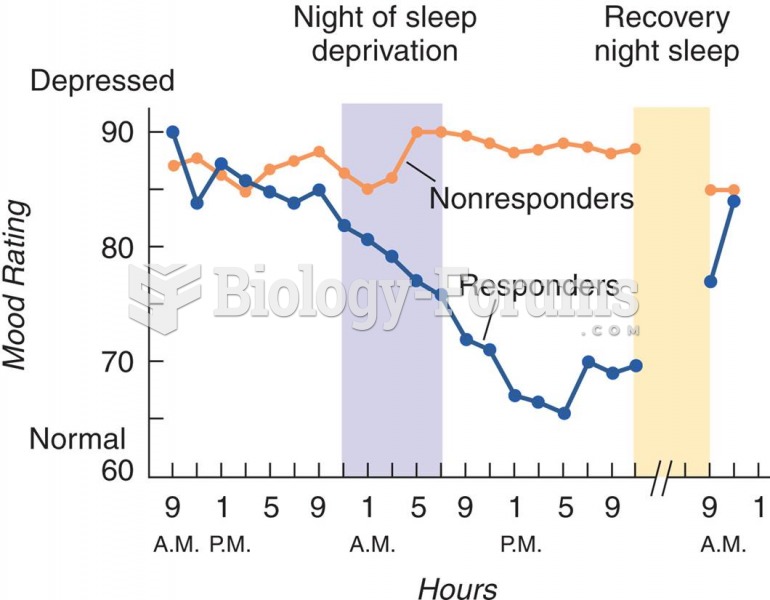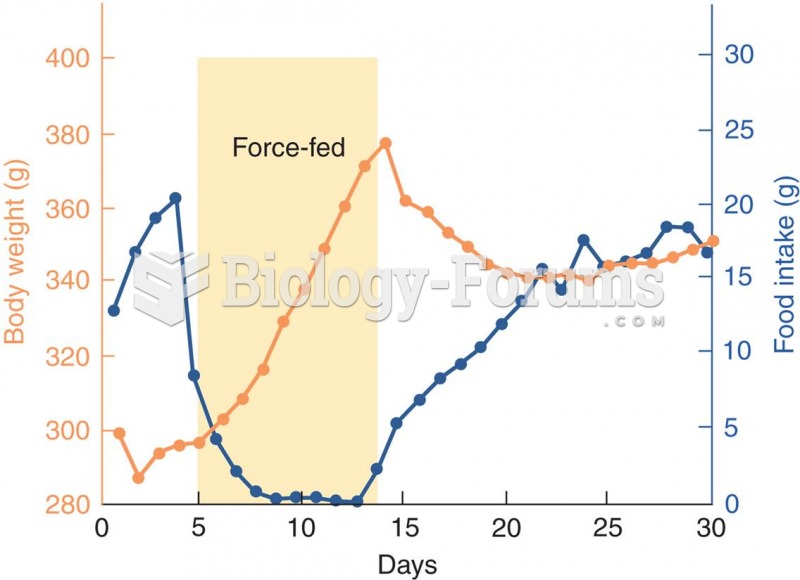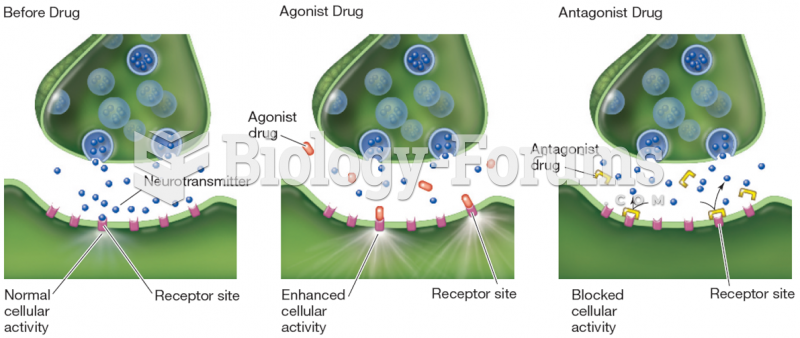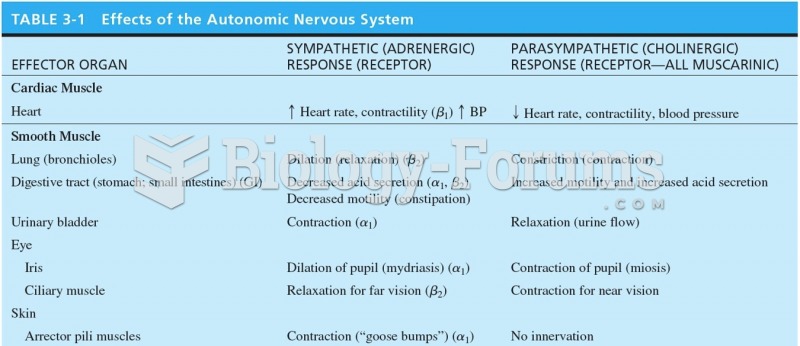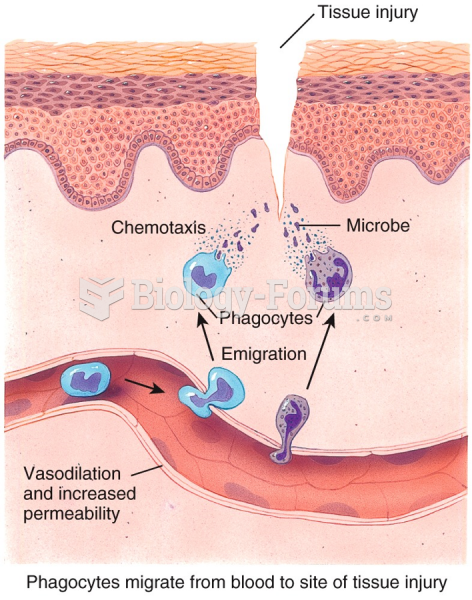Answer to Question 1
The cytokines released during acute inflammation produce a number of systemic effects. Within hours after inflammation, infection, or severe injury, the liver steps up its production of certain plasma proteins, including C-reactive protein, complement proteins, hepcidin, blood-clotting proteins such as fibrinogen and prothrombin, and others. At the same time, plasma concentrations of albumin, iron, and zinc fall. The acute-phase response is accompanied by muscle catabolism to make amino acids available for glucose production, tissue repair, and immune protein synthesis; consequently, negative nitrogen balance (and wasting) frequently results. Other clinical features of the acute-phase response may include fever, an elevated metabolic rate, increased pulse rate and blood pressure, increased blood neutrophil levels, lethargy, and anorexia. If inflammation does not resolve, the continued production of pro-inflammatory cytokines may lead to the systemic inflammatory response syndrome (SIRS), which is diagnosed when the patient's signs and symptoms include substantial increases in heart rate and respiratory rate, abnormal white blood cell counts, and/or fever. If these effects result from a severe infection, the condition is called sepsis. Complications associated with severe cases of SIRS or sepsis include fluid retention and tissue edema, low blood pressure, and impaired blood flow. If the reduction in blood flow is severe enough to deprive the body's tissues of oxygen and nutrients, multiple organs may fail simultaneously.
Answer to Question 2
A


